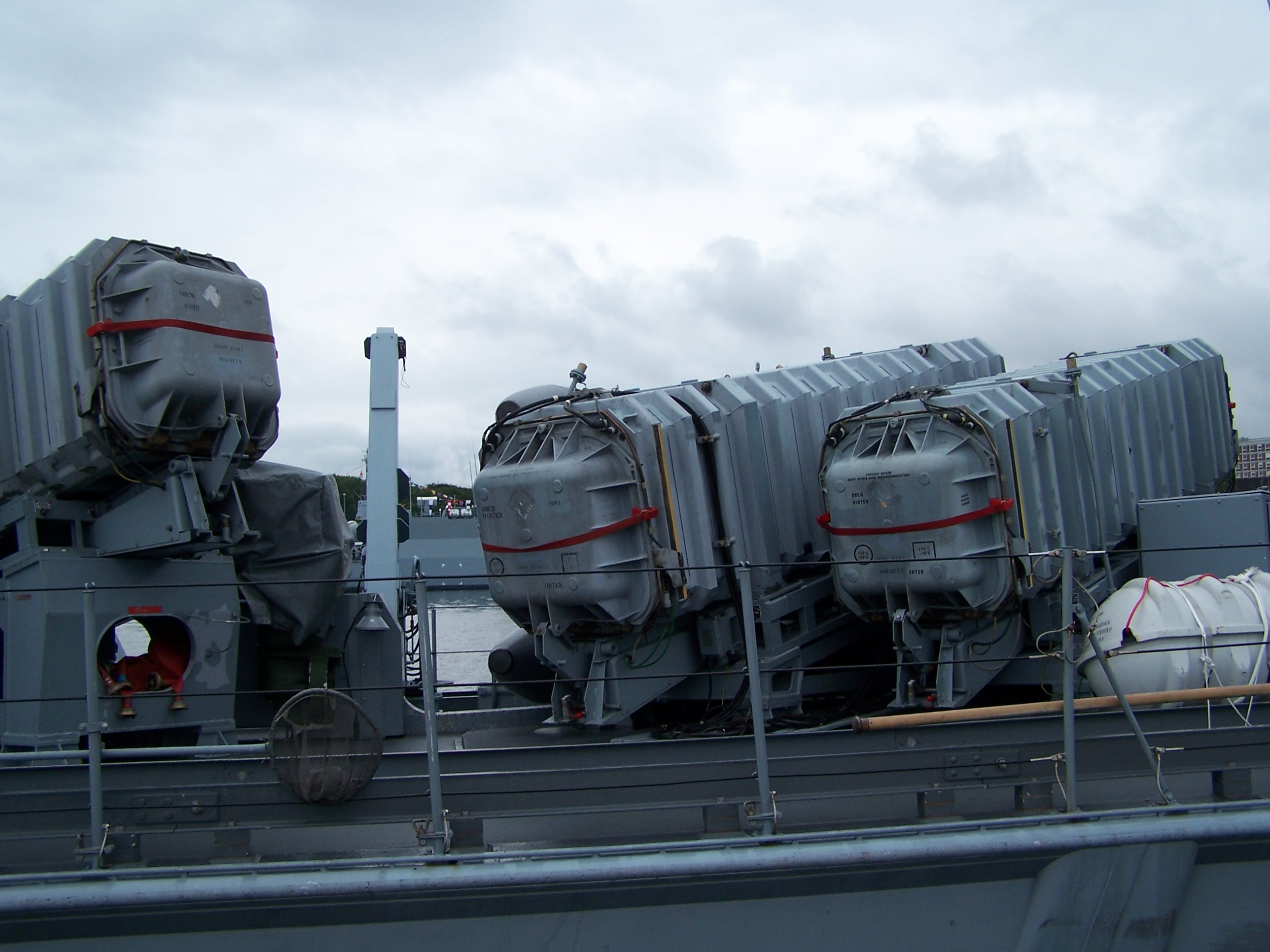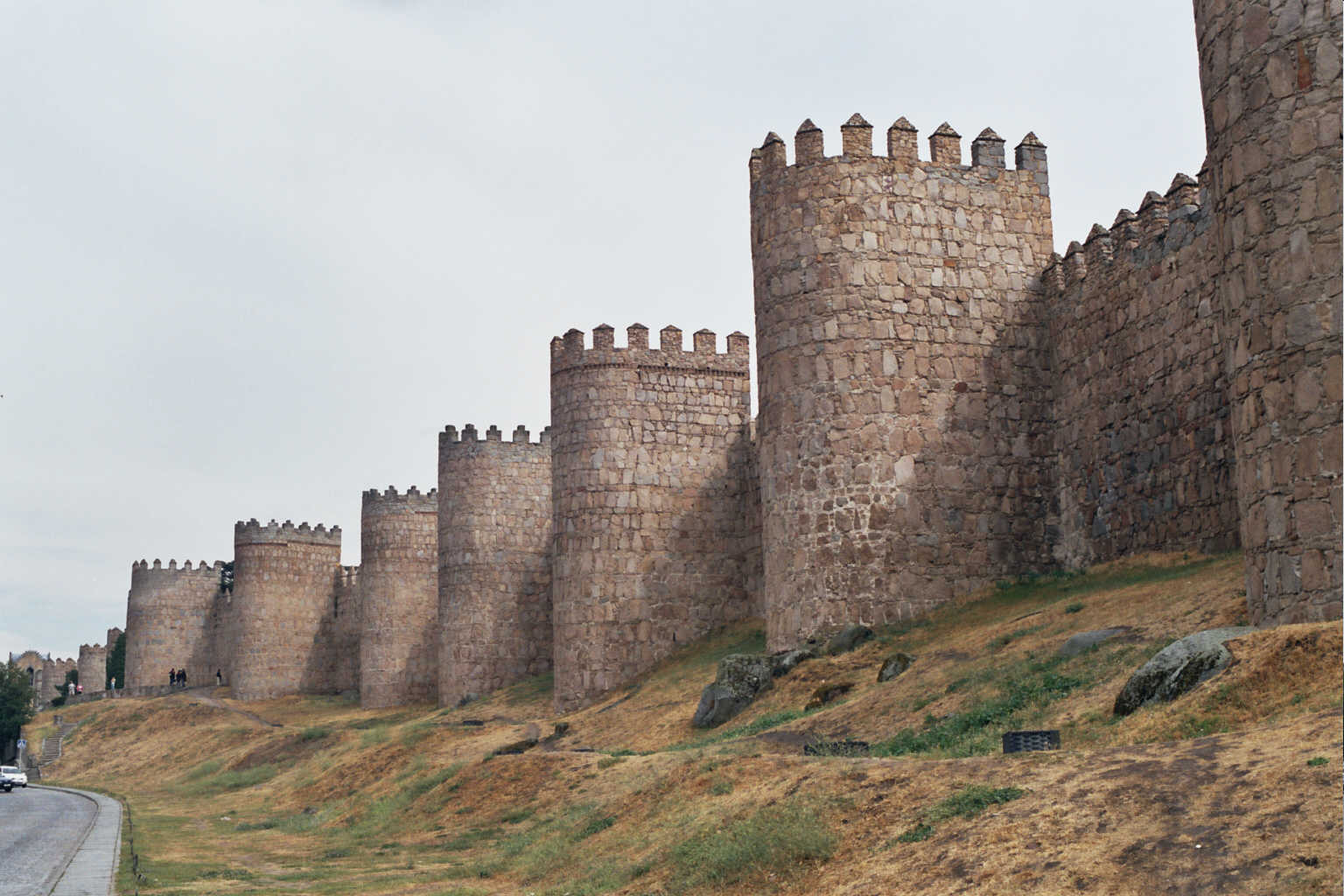|
Handalan-class Missile Boat
The ''Handalan'' class are domestically modified Spica-M fast attack craft, a heavier variant of the . Built by Kalskrona Varvet and ordered in 1976, this class replaced the Perkasa-class squadron on a 1:1 basis, including name transfer. Development The ''Handalan''s are equipped with longer-range diesel engines and an additional weapons fit with launchers for Exocet, Exocet MM38 missiles and a secondary Bofors 40 mm Automatic Gun L/70, Bofors 40 mm gun. The installation of additional weaponry from the main Bofors 57 mm L/70 naval artillery gun, Bofors 57 mm gun forced the bridge to be pushed forward to accept the missile launchers and additional rear gun. With a data-link communications system, the class allows the exchange of information through computers with similar equipment, both other ships and shore-based stations. They also have elaborate countermeasures with a Thales Group, Thales DR3000S, electronic tracking equipment and weapon control systems. In all, the ''Handalan ... [...More Info...] [...Related Items...] OR: [Wikipedia] [Google] [Baidu] |
Fast Attack Craft
A fast attack craft (FAC) is a small, fast, agile, offensive, often affordable warship armed with anti-ship missiles, gun or torpedoes. FACs are usually operated in close proximity to land as they lack both the seakeeping and all-round defensive capabilities to survive in blue water. The size of the vessel also limits the fuel, stores and water supplies. In size they are usually between 50–800 tonnes and can reach speeds of . A fast attack craft's main advantage over other warship types is its affordability. Many FACs can be deployed at a relatively low cost, allowing a navy which is at a disadvantage to effectively defend itself against a larger adversary. A small boat, when equipped with the same weapons as its larger counterpart, can pose a serious threat to even the largest of capital ships. Their major disadvantages are poor seagoing qualities, cramped quarters and poor defence against aerial threats. History 19th century As early as the mid-19th century, the Jeune ... [...More Info...] [...Related Items...] OR: [Wikipedia] [Google] [Baidu] |
Bofors 57 Mm L/70 Naval Artillery Gun
Bofors 57 mm Naval Automatic Gun L/70 ( sv, 57 mm sjöautomatkanon L/70 (''57 mm SAK 70'')), among other names (see Names), is a series of dual-purpose naval guns designed and produced by the Swedish arms manufacturer AB Bofors (since March 2005 part of BAE Systems AB), designed in the late 1960s as a replacement design for the twin barreled Bofors 57 mm Naval Automatic Gun L/60. The gun is remotely controlled by a fire-control computer but can as a redundancy measure also be operated manually by crew using instrument panels either on or in direct contact with the gun. The gun has been upgraded and improved several times: *Mk1 – The baseline Mark 1 variant began production in 1970 and was initially used to equip smaller coastal patrol craft and fast attack craft. *Mk2 – The improved Mark 2 variant came in 1981 and drastically lowered the weight as well as introduced new servo stabilizers. *Mk3 – The improved Mark 3 variant came in 1995 and primarily features t ... [...More Info...] [...Related Items...] OR: [Wikipedia] [Google] [Baidu] |
Bofors 40 Mm Automatic Gun L/70
The Bofors 40 mm Automatic Gun L/70, (Bofors 40 mm L/70, Bofors 40 mm/70, Bofors 40/70 and the like), is a multi-purpose autocannon developed by the Swedish arms manufacturer AB Bofors (today BAE Systems Bofors) during the second half of the 1940s as a modern replacement for their extremely successful World War II-era Bofors 40 mm L/60 gun-design. It was initially intended as a dedicated anti-aircraft weapon, being sold as ''Bofors 40 mm Automatic A.A. Gun L/70'', but has since its conception been redeveloped into a dedicated multi-purpose weapon capable of firing both sabot projectiles and programmable ammunition. The Bofors 40 mm L/70 design never achieved the same popularity and historical status as the original L/60 design but has still seen great export and popularity to this day, having been adopted by around 40 different nations and even being accepted as NATO-standard in November 1953. It is still being produced and sold (since March 2005 by ... [...More Info...] [...Related Items...] OR: [Wikipedia] [Google] [Baidu] |
Exocet
The Exocet () is a French-built anti-ship missile whose various versions can be launched from surface vessels, submarines, helicopters and fixed-wing aircraft. Etymology The missile's name was given by M. Guillot, then the technical director at Nord Aviation. It is the French word for flying fish, from the Latin ''exocoetus'', a transliteration of the Greek name for the fish that sometimes flew into a boat: (''exōkoitos''), literally "lying down outside (, ), sleeping outside". Description The Exocet is built by MBDA, a European missile company. Development began in 1967 by Nord as a ship-launched weapon named the MM38. A few years later, Aerospatiale and Nord merged. The basic body design was based on the Nord AS-30 air-to-ground tactical missile. The sea-launched MM38 entered service in 1975, whilst the air-launched AM39 Exocet began development in 1974 and entered service with the French Navy five years later in 1979. The relatively compact missile is designed for ... [...More Info...] [...Related Items...] OR: [Wikipedia] [Google] [Baidu] |
Anti-ship Missile
An anti-ship missile (AShM) is a guided missile that is designed for use against ships and large boats. Most anti-ship missiles are of the sea skimming variety, and many use a combination of inertial guidance and active radar homing. A good number of other anti-ship missiles use infrared homing to follow the heat that is emitted by a ship; it is also possible for anti-ship missiles to be guided by radio command all the way. The first anti-ship missiles, which were developed and built by Nazi Germany, used radio command guidance.https://airandspace.si.edu/collection-objects/bomb-guided-fritz-x-x-1/nasm_A19840794000#:~:text=The%20Fritz%20X%2C%20also%20known,the%20Henschel%20Hs%20293%20missile. These saw some success in the Mediterranean Theatre during 1943–44, sinking or heavily damaging at least 31 ships with the Henschel Hs 293 and more than seven with the '' Fritz X'', including the Italian battleship ''Roma'' and the light cruiser . A variant of the HS 293 had a TV ... [...More Info...] [...Related Items...] OR: [Wikipedia] [Google] [Baidu] |
Fast Attack Craft
A fast attack craft (FAC) is a small, fast, agile, offensive, often affordable warship armed with anti-ship missiles, gun or torpedoes. FACs are usually operated in close proximity to land as they lack both the seakeeping and all-round defensive capabilities to survive in blue water. The size of the vessel also limits the fuel, stores and water supplies. In size they are usually between 50–800 tonnes and can reach speeds of . A fast attack craft's main advantage over other warship types is its affordability. Many FACs can be deployed at a relatively low cost, allowing a navy which is at a disadvantage to effectively defend itself against a larger adversary. A small boat, when equipped with the same weapons as its larger counterpart, can pose a serious threat to even the largest of capital ships. Their major disadvantages are poor seagoing qualities, cramped quarters and poor defence against aerial threats. History 19th century As early as the mid-19th century, the Jeune ... [...More Info...] [...Related Items...] OR: [Wikipedia] [Google] [Baidu] |
Data-link
A data link is the means of connecting one location to another for the purpose of transmitting and receiving digital information (data communication). It can also refer to a set of electronics assemblies, consisting of a transmitter and a receiver (two pieces of data terminal equipment) and the interconnecting data telecommunication circuit. These are governed by a link protocol enabling digital data to be transferred from a data source to a data sink. Types There are at least three types of basic data-link configurations that can be conceived of and used: * Simplex communications, most commonly meaning all communications in one direction only. * Half-duplex communications, meaning communications in both directions, but not both ways simultaneously. * Duplex communications, communications in both directions simultaneously. Aviation In civil aviation, a data-link system (known as Controller Pilot Data Link Communications) is used to send information between aircraft and air t ... [...More Info...] [...Related Items...] OR: [Wikipedia] [Google] [Baidu] |
Countermeasure
A countermeasure is a measure or action taken to counter or offset another one. As a general concept, it implies precision and is any technological or tactical solution or system designed to prevent an undesirable outcome in the process. The first known use of the term was in 1923. "Countermeasure" defined Countermeasures can refer to the following disciplinary spectrum: * Medicine * Materials engineering * Electro-magnetic engineering * Policing * Information technology * Law * Diplomatic security * Pollution prevention * Aviation Defense countermeasures are often divided into "active" and "passive". < ...
|
Thales Group
Thales Group () is a French multinational company that designs, develops and manufactures electrical systems as well as devices and equipment for the aerospace, defence, transportation and security sectors. The company is headquartered in Paris' business district, La Défense, and its stock is listed on the Euronext Paris. Having been known as Thomson-CSF since its foundation in 1968, the company was rebranded ''Thales'' (named after the Greek philosopher Thales and pronounced , reflecting its pronunciation in French) in December 2000. A communication audit, launched in spring that year, highlighted Thomson-CSF's image deficit, particularly among the young French graduates it was seeking to recruit. The wish to liven up its image as well as the expansion of its business worldwide were cited among the reasons for the change. Thales is partially owned by the French State and operates in more than 56 countries. It had 80,000 employees and generated €18.4 billion in revenues ... [...More Info...] [...Related Items...] OR: [Wikipedia] [Google] [Baidu] |
Perdana-class Missile Boat
The ''Perdana''-class is a class of fast attack craft in service with the Royal Malaysian Navy. This class is based on the design built by CMN Lurssen. A total of four ships completed and currently in service with Royal Malaysian Navy. Development The ''Perdana''s have a length of , a beam of , and a draught of . They have a displacement of 265 tons full load and the complement of 30. The armament consists of one Bofors 57 mm gun as the main gun and one Bofors 40 mm gun Bofors 40 mm gun is a name or designation given to two models of 40 mm calibre anti-aircraft guns designed and developed by the Swedish company Bofors: * Bofors 40 mm L/60 gun - developed in the 1930s, widely used in World War II and into the 1990 ... as the secondary gun. For anti-surface warfare they are armed with four Exocet MM38 missiles. She also completed with the sensors and processing systems, electronic warfare and decoys. In late 2020 the Royal Malaysian Navy confirmed that this class of ship will b ... [...More Info...] [...Related Items...] OR: [Wikipedia] [Google] [Baidu] |
Royal Malaysian Navy
The Royal Malaysian Navy (RMN, ms, Tentera Laut Diraja Malaysia; TLDM; Jawi: ) is the naval arm of the Malaysian Armed Forces. RMN is the main agency responsible for the country's maritime surveillance and defense operations. RMN's area of operation consists of 603,210 square kilometers covering the country's coastal areas and Exclusive Economic Zones (EEZ). RMN also bears the responsibility of controlling the country's main Sea Lines of Communications (SLOC) such as the Straits of Malacca and the Straits of Singapore and also monitors national interests in areas with overlapping claims such as in Spratly. History Straits Settlement Royal Naval Volunteer Reserve The Royal Malaysian Navy can trace its roots to the formation of the Straits Settlement Royal Naval Volunteer Reserve (SSRNVR) in Singapore on 27 April 1934 by the British colonial government in Singapore. The SSRNVR was formed to assist the Royal Navy in the defence of Singapore, upon which the defence of the ... [...More Info...] [...Related Items...] OR: [Wikipedia] [Google] [Baidu] |


_at_Changi_Naval_Base%2C_Singapore_-_20070527.jpg)


.jpg)
